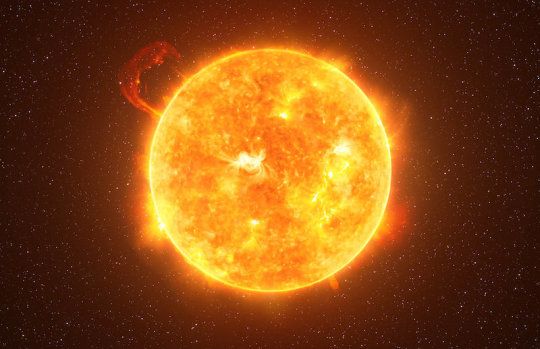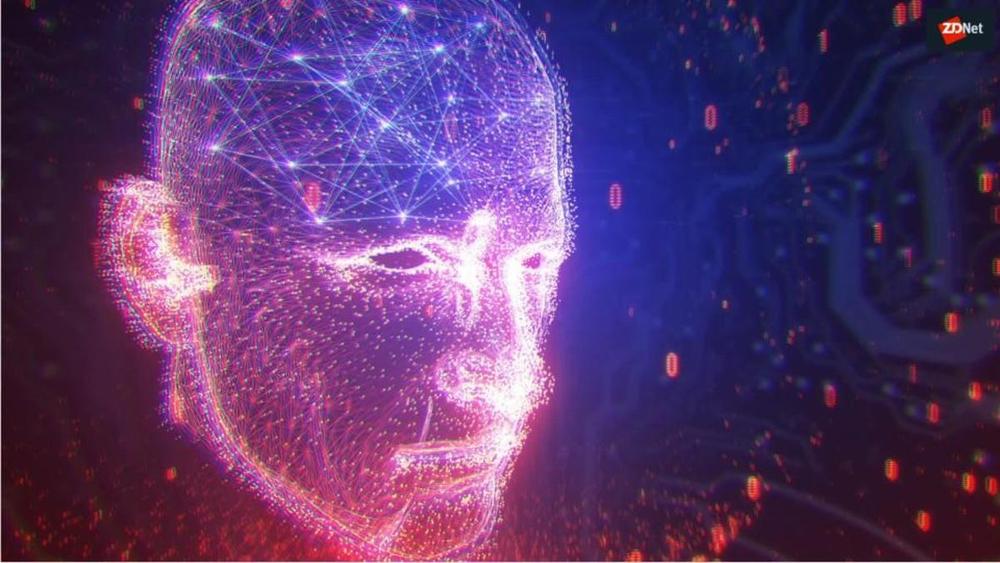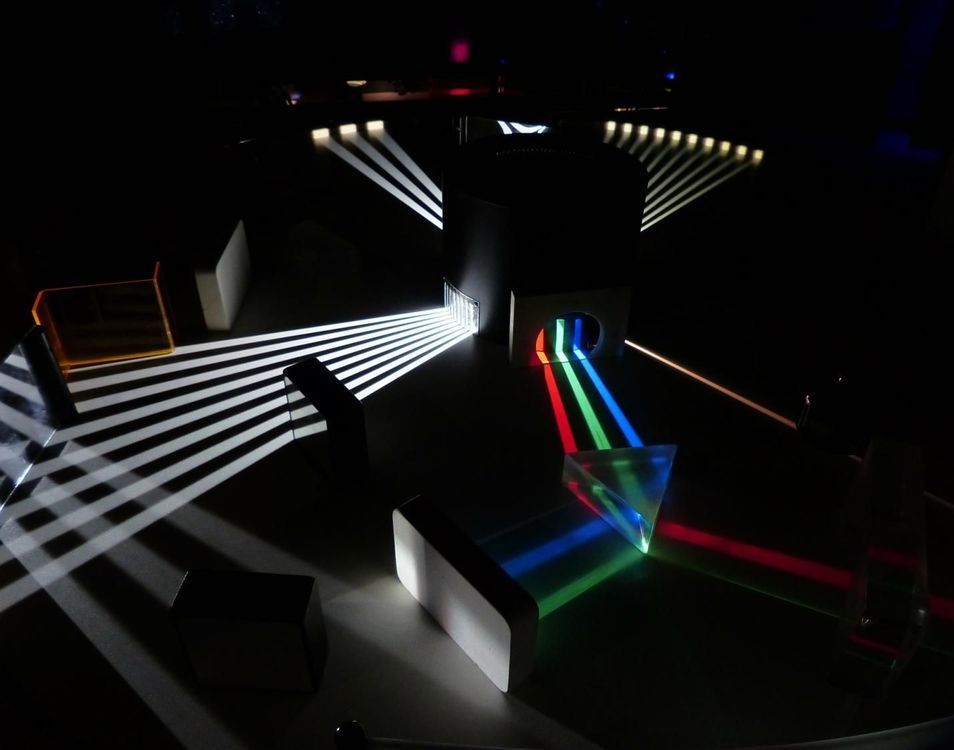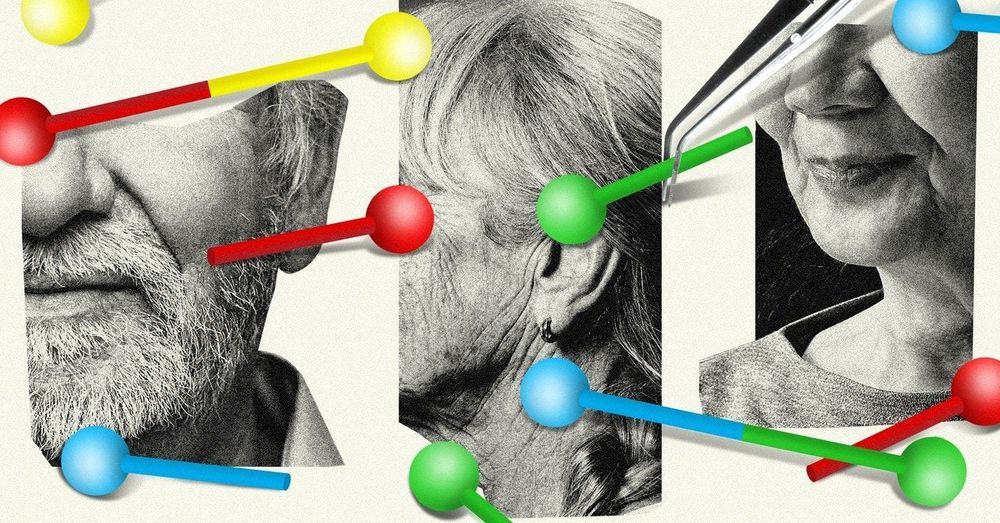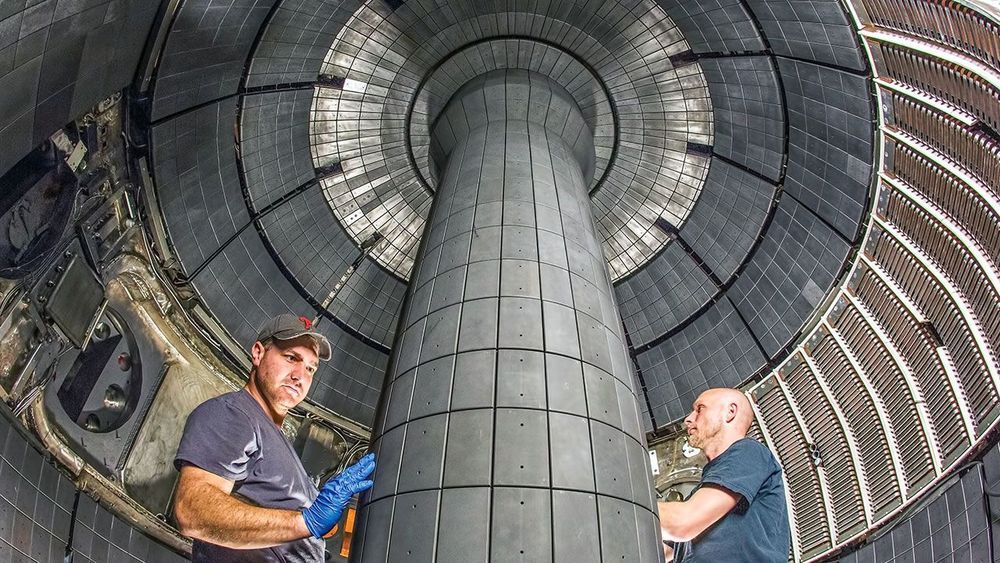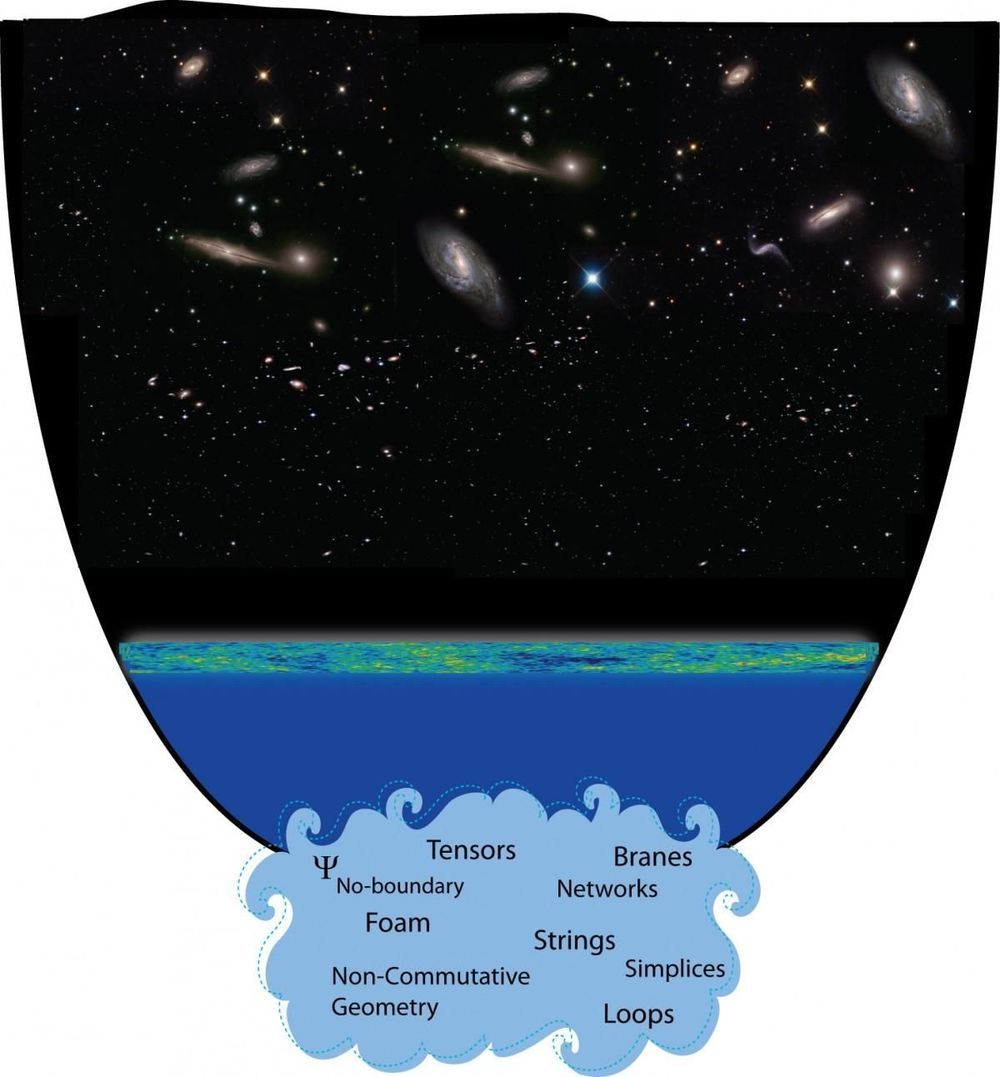On Friday we wrote about Samsung’s mysterious “artificial human” project Neon, speculating that the company was building realistic human avatars that could be used for entertainment and business purposes, acting as guides, receptionists, and more.
Now, a tweet from the project’s lead and some leaked videos pretty much confirm this — although they don’t give us nearly enough information to judge how impressive Neon is.
The lead of Neon, computer-human interaction researcher Pranav Mistry, tweeted the image below, apparently showing one of the project’s avatars. Mistry says the company’s “Core R3” technology can now “autonomously create new expressions, new movements, new dialog (even in Hindi), completely different from the original captured data.”
